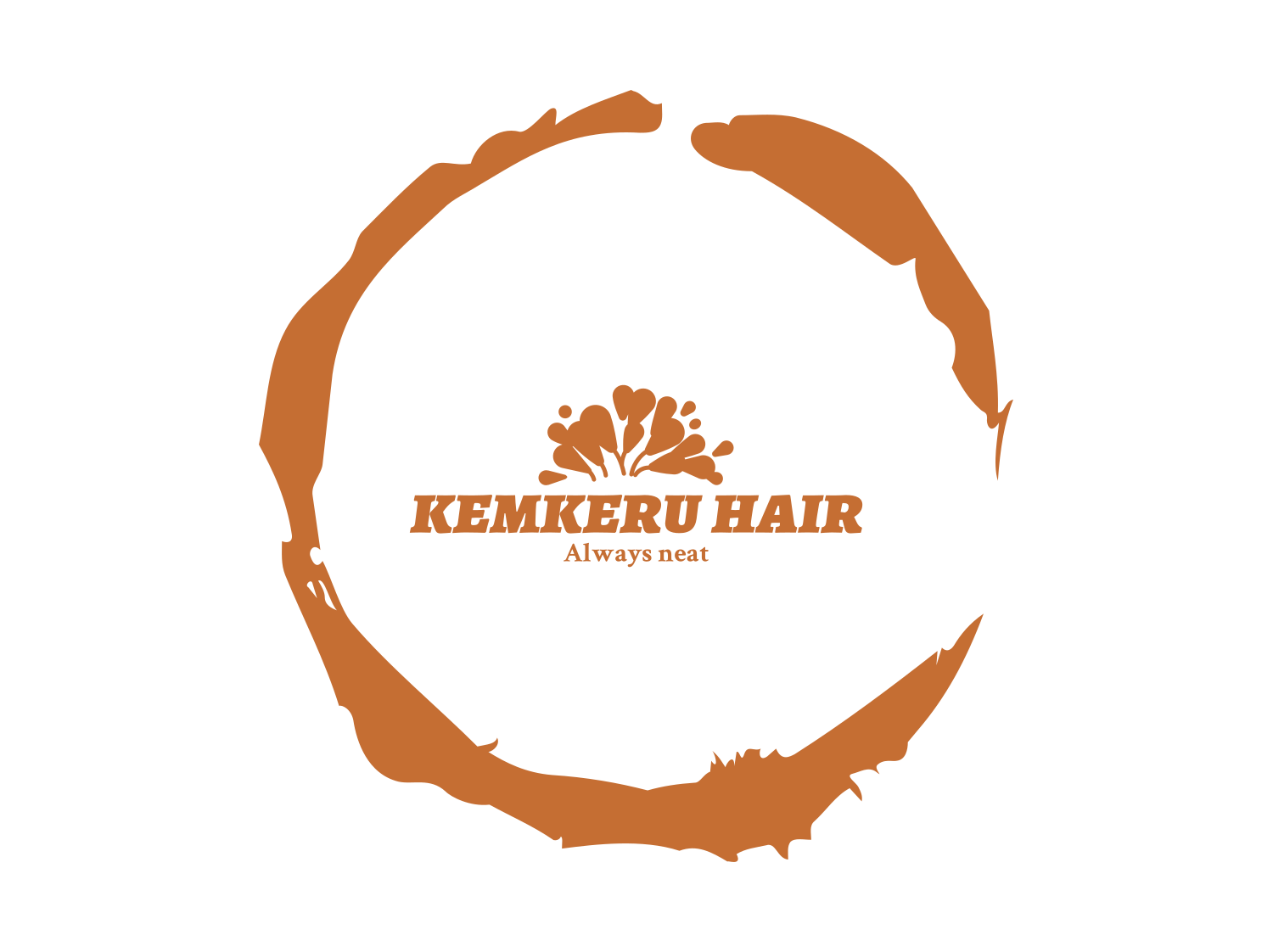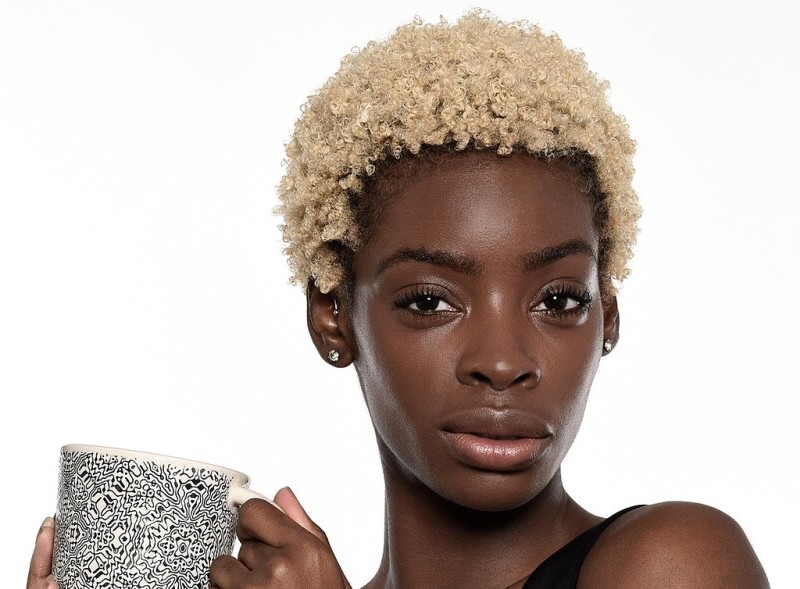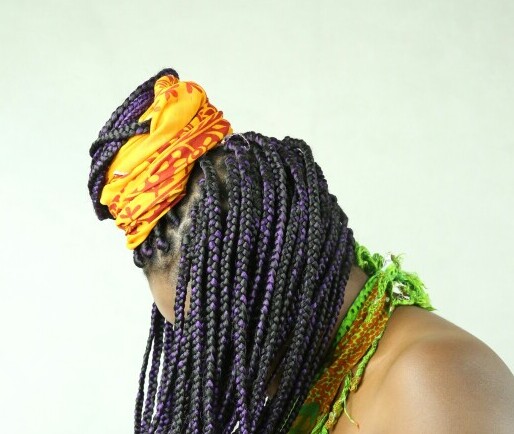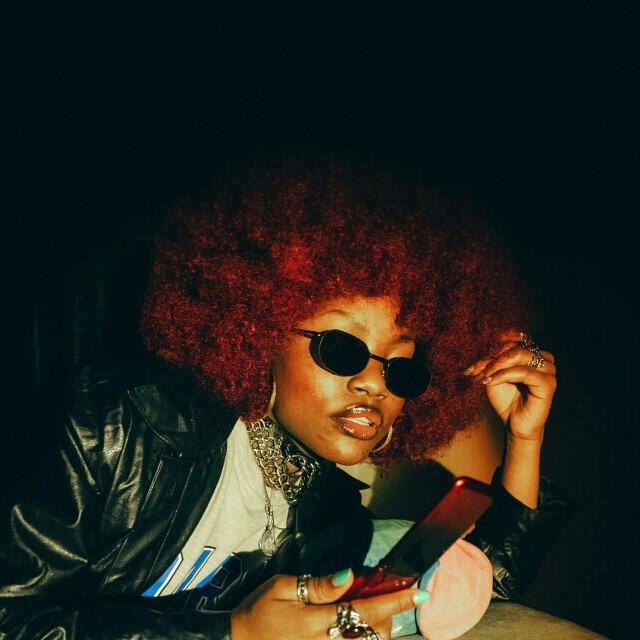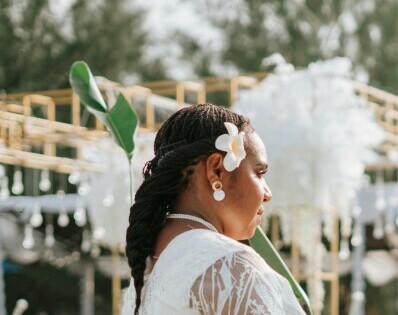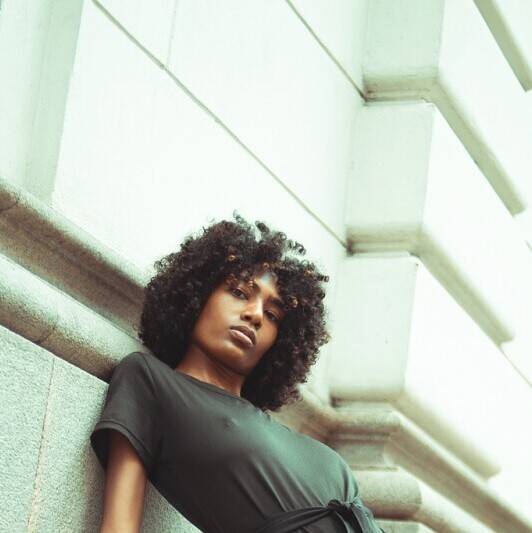Hair jewelry isn’t just a fad, it’s making a serious comeback and it’s not hard to see why. Dating back centuries, people have always adorned their locks with shimmering accessories. Fast forward to now, and these pieces are popping up everywhere, from glamorous red carpets to trendy street styles.
In today’s fashion landscape, individuality reigns supreme. Statement hair jewelry lets you make a bold look effortlessly, turning everyday hairstyles into something spectacular. You can see this trend all over Instagram and Pinterest, with influencers and celebrities showcasing intricate designs that make us all want to amp up our style game.
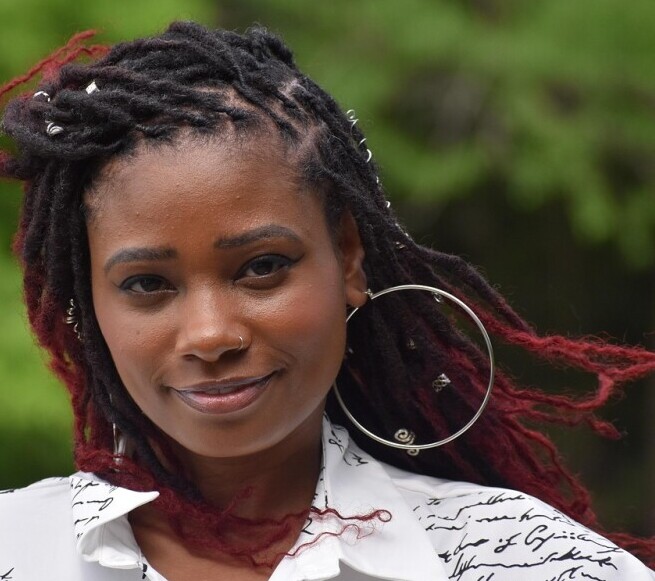
Think of the Academy Awards or Met Gala – stars are often seen with these perfect glints in their hair, adding those final touches to their lavish gowns. That’s because hair jewelry doesn’t just complement an outfit, it completes it.
With fashion becoming more about personal expression, these accessories allow us to experiment without commitment. Swap them out as often as you’d like – today’s faux-leather headband might be tomorrow’s crystal-embellished clip.
As we steer away from conventional norms, hair jewelry isn’t just about looking good; it’s about feeling confident and expressing unique personality. It’s about owning your style, no matter what trends come and go.
Types of Statement Hair Jewelry: Finding Your Perfect Piece
When it comes to statement hair jewelry, there’s something for everyone. Whether you’re looking for a delicate piece or something more extravagant, understanding the different types can help you make the best choice for your style or occasion.
Hair combs are probably the most classic. They’re perfect for those who want to channel a bit of vintage glam. These beauties come adorned with pearls, rhinestones, or intricate metallic designs, perfect for weddings or any special event.
Pins and clips are simple but pack a punch. They’re usually smaller but don’t underestimate their ability to make a statement. Simple geometric shapes or dainty florals work wonders on a casual chic wear day.
If you’re about that boho vibe, clips and pins featuring natural stones or delicate feathers could be your go-tos.

Headbands have soared in popularity, too. Velvet, gold threads, or multicolored gemstones, headbands have transformed from school uniform staples into chic adult accessories. They offer a super easy way to brighten your day-to-day look.
Considering what material and design speak to you – shiny metals, soft fabrics, or intricate beading – is crucial. Balancing these choices with your personal style ensures the piece not only works for your wardrobe but also for who you are. Hair color and texture can play a big role, too. Shimmering metallics tend to pop against dark hair, while colorful pieces can accentuate lighter hues.
Whether you’re just starting to get into hair jewelry or a seasoned pro, having a range of pieces lets you switch it up based on your mood. More isn’t always better, but having a few options never hurts.
Expert Styling Tips: How to Incorporate Hair Jewelry into Your Look
Dipping your toes into the world of hair jewelry can be intimidating, but it’s easier than it seems. Start simple by choosing a piece that speaks to your character. Begin with straightforward accessories like a chic clip or a dainty pin. These are easy to style and won’t overpower your outfit.
When it comes to matching hair jewelry with your hair color and texture, less is often more. For dark hair, opt for metallic or lighter shades to create contrast, while brighter colors can complement blondes and redheads beautifully. If you’ve got curly hair, go for larger pieces that stand out and don’t disappear into your gorgeous locks.

Getting the right style also means avoiding common pitfalls. One mistake is overcrowding. Rather than filling your hair with too many pieces, select one or two statement items and let them shine. Another tip? Balance the rest of your look with your accessory choice. If your hair jewelry is loud, consider keeping the rest of your outfit and makeup on the subtle side.
Want your look to glide seamlessly from day to night? Transitioning is all about strategic swaps. Consider a more understated piece during the day and switch to something more sparkly or elaborate in the evening. It’s also important to look after your accessories, ensuring your hair jewelry remains as pristine as when you first got it.
Don’t be afraid to mix it up. Hair jewelry isn’t about following rules; it’s about finding what suits you. Experimentation leads to the best kind of style evolution. Try different placements, combine textures, and maybe even layer pieces to see what unique looks you can create.
DIY Statement Hair Jewelry: Crafting Personalized Pieces as a Fashion Statement
Ever thought about making your own hair jewelry? It’s an awesome way to add a personal touch to your style while tapping into that creative side. Crafting your own pieces not only ensures exclusivity but can also be a more sustainable option.
Getting started is straightforward and doesn’t have to break the bank. Gather some basics like metal wire, beads, charms, or even repurposed jewelry from pieces you no longer wear. Hairpins, combs, and headbands can be the base for your projects, and then it’s all about decorating them your way.

Simple tutorials are a google away. For beginners, creating custom hairpins or combs is a great place to start. Try adding a few beads or attaching charms that reflect your favorite things, like stars, shells, or even pearls. Use pliers and glue tailored for crafting to secure your unique designs.
The best part? You can infuse your personal style, meaning no two pieces have to be the same. Let your imagination run wild and create something that truly represents your taste and story.
DIY jewelry isn’t just about personal style, it’s about smart fashion choices too. By creating your own pieces, you’re not only saving money but also being more environmentally conscious—and that’s something to feel good about.
Statement Hair Jewelry for All: Harnessing Glamour Regardless of Age, Gender, or Hair Type
Statement hair jewelry knows no bounds. Forget any old-school ideas that these pieces are only for specific people or occasions. They’re a universal accessory that can enhance anyone’s style, from kids to seniors.
No matter your age, there’s a piece of hair jewelry that can add that extra flair to your signature look. For the younger crowd, whimsical clips or playful headbands can make for a fun and casual fashion statement. For older folks, elegant metal combs can add sophistication and polish to any hairstyle without being over-the-top.

Gender? No problem. Hair jewelry isn’t bound by traditional norms. Men can rock hair accessories just as well, whether it’s a sleek pin to hold their hair back or edgy clips that add a touch of cool to their look. These pieces can be as masculine or feminine as you want them to be—it’s all in how you wear it.
Diverse hair types? Covered. From silky straight strands to curly manes, hair jewelry can work wonders with any texture. Larger pieces stand out in thicker hair, while subtler accessories complement light, fine hair.
The beauty of statement hair jewelry lies in its inclusivity. It’s all about using these pieces to amplify your confidence and stay true to your personal style, whatever that may be.
